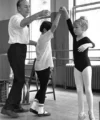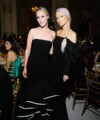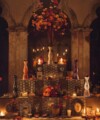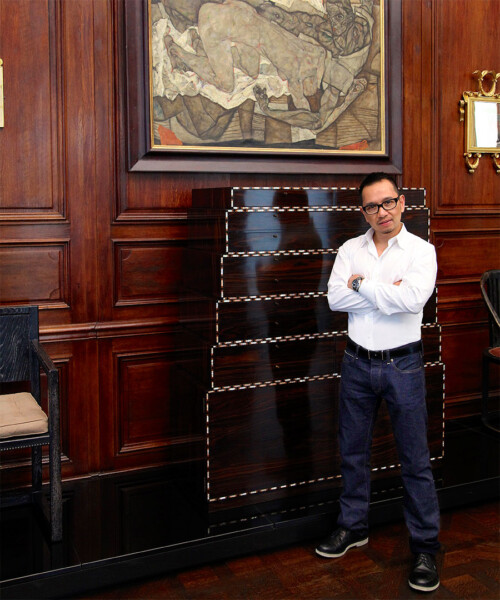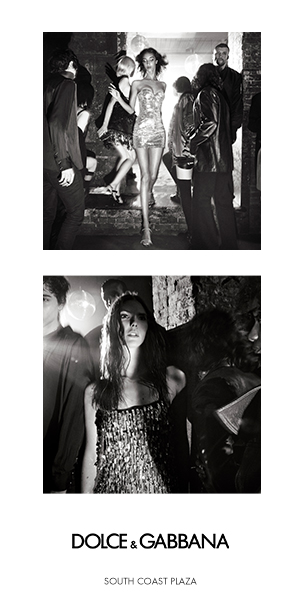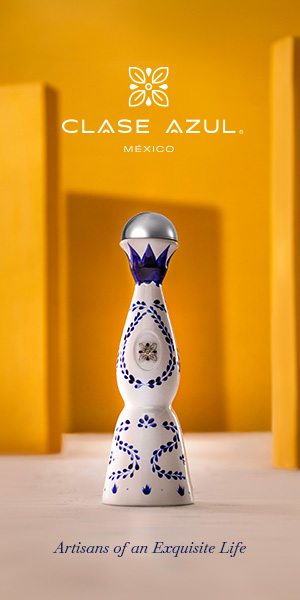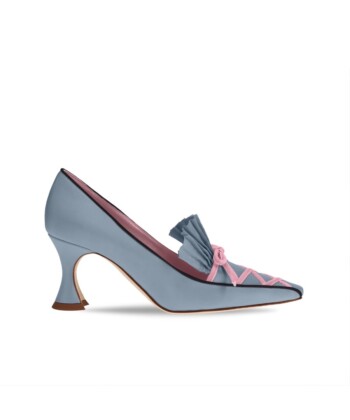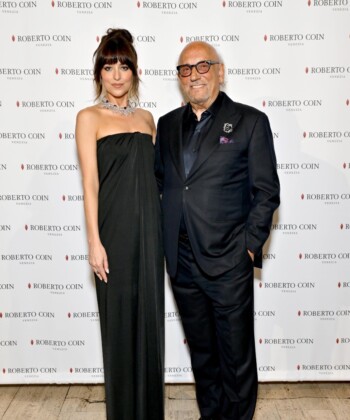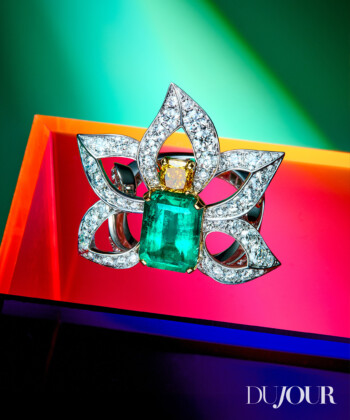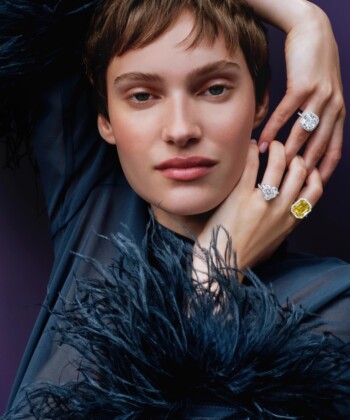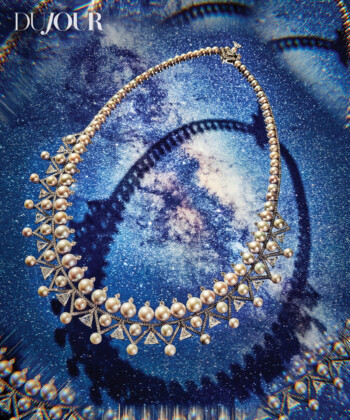When he was a child in the Philippines, Federico de Vera collected shells and driftwood on the beach, and often glued his found objects together to fashion unique key chains and other one-of-a-kind trinkets. Today, the celebrated jewelry designer and collector still works in much the same vein, although his current pieces are more likely to feature antique gold filigree beads, Victorian cameos and imperfect—or, as he calls them, “rotten”—pearls. “Things don’t have to be precious to be beautiful,” he explains. “I like designing things that you can have forever, pieces that aren’t just transient or trendy.”

Frederico de Vera designs
Nevertheless, de Vera—the proprietor of two curiosity-stuffed Manhattan boutiques (frequented by customers with a keen design eye, including Valentino Garavani, Marc Jacobs, Bruce Weber and Met Costume Institute head Harold Koda)—is also becoming known for his work as an installation designer, a sideline in which his own contribution is, inherently, temporary. On October 9, the Neue Galerie will open an exhibit of the dark, erotic and provocative works of Austrian painter Egon Schiele, arranged by de Vera.
It’s the fourth show he’s designed for the museum, which is housed in a century-old building on the Upper East Side that was once owned by the Vanderbilts. “This one is going to be very graphic,” he says of the exhibit, “because Schiele’s work is always contained in a box and his figures seem to be contorted; that’s why I’m trying to contain everything in the frame on a white background.” He’s envisioned a salon-style hanging of the portraits, so that the “paintings can talk to each other. I want there to be a rhythm, an ebb and flow.”
In a certain sense, the work isn’t so different from what de Vera does as a shop owner and jewelry designer. In each case, he says, “the question is how to present these works in a modern way.” Whatever the medium, he adds, “For me, the design has to be just so. That’s why I’m sometimes difficult to work with–—because if it’s just okay, then it’s not good enough!”
Photographed by Marc Anthony














